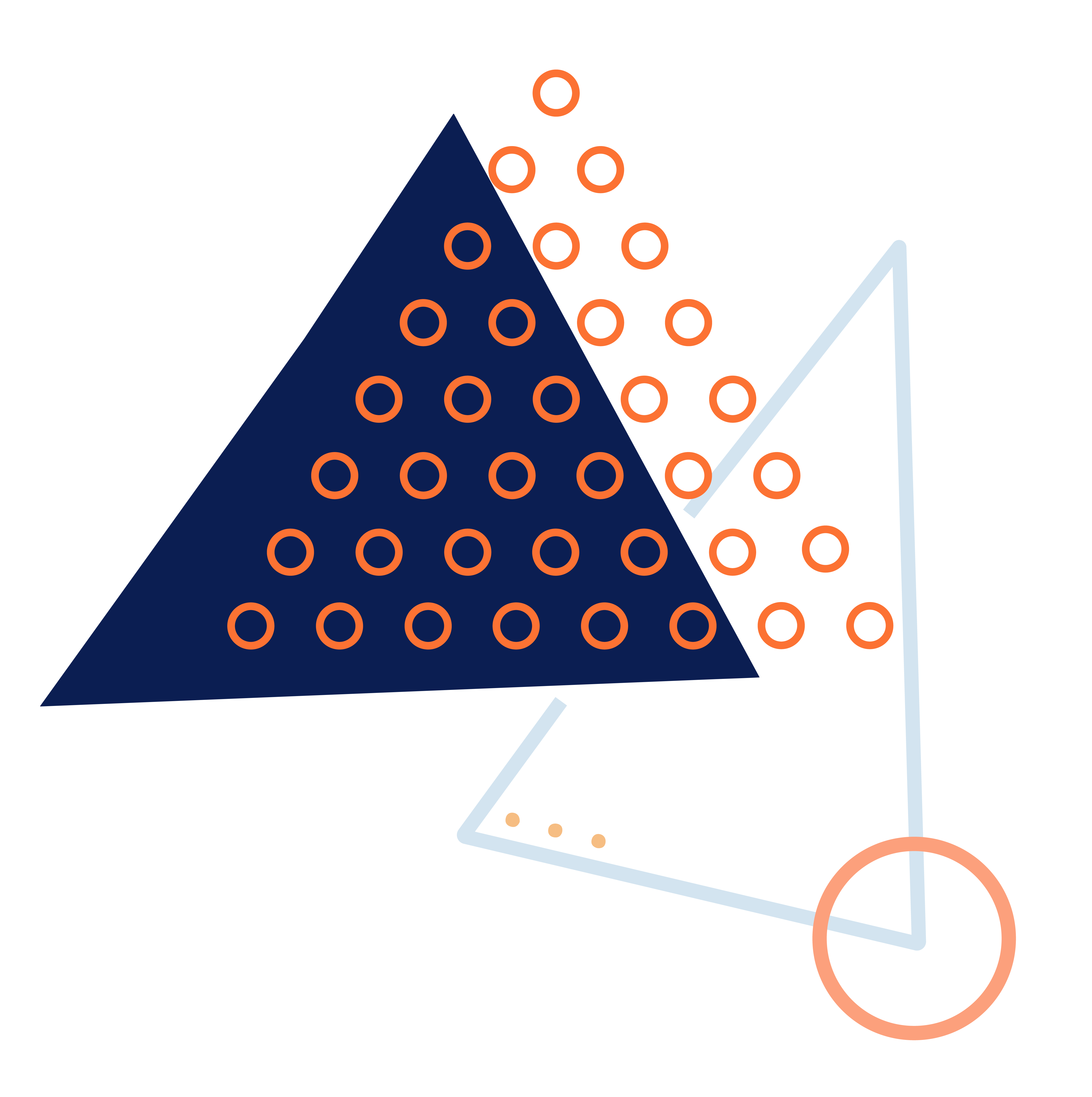

Research Series 2: Feminist Recovery and Rebuilding 27th May 2021
The LGBTQ+ Community in Feminist Recovery and Rebuilding
Alexandria Kazmerik
The coronavirus disease (COVID-19) has negatively impacted people of all walks of life from around the world. While no one is left untouched by this global pandemic, some groups have been hit harder than others, including LGBTQ+ and gender diverse[i] youth. For far too long, LGBTQ+ youth have been some of the most vulnerable while also being the least visible within national and global agendas; especially those who experience intersecting forms of marginalization, for example, being both LGBTQ+ and a person with a disability. Pre-existing issues facing LGBTQ+ youth, such as violence, homelessness, mental health, discriminatory laws and criminalization have been significantly amplified during the pandemic; many have faced life-threatening situations caused by unsafe living conditions during lockdowns [1].Presently, civil society, organizations, governments and other agencies are working towards creating and implementing feminist recovery and rebuilding plans with the intent to create a better future. In order to truly leave no one behind, the experiences and realities of LGBTQ+ youth must be understood and included in global solutions. While the issues discussed in this piece existed prior to the pandemic, COVID-19 has demonstrated the systemic structural challenges that LGBTQ+ youth experience at disproportionate rates [13]. This piece argues the necessary inclusion of LGBTQ+ youth in feminist recovery and rebuilding by exploring the barriers faced by the community, and offering recommendations on how these can be addressed.
It is important to recognize that the LGBTQ+ community represents a large variety of identities and experiences. I am approaching this piece as a Caucasian lesbian based in Canada. My experience will differ greatly from others in the community both in Canada and internationally. While I provide some recommendations based on my research and experiences, they will not fully represent the needs and required supports of all LGBTQ+ youth.
Increased Rates of Violence
Rates of violence and abuse experienced by LGBTQ+ youth have increased during the pandemic. The Office of the United Nations Commissioner for Human Rights (OHCHR) found that LGBTQ+ persons are more likely to experience violence and abuse, including from official bodies such as police forces and States [2]. This includes States creating or changing existing laws to negatively target legal protection of LGBTQ+ persons; religious institutions stating the pandemic was caused due to the actions of these communities LGBTQ+ persons; and arbitrary arrest and detention [2]. Additionally, due to isolation and mandatory stay-at-home orders, some LGBTQ+ youth may experience higher rates of domestic violence as well as physical and psychological abuse within unsafe living conditions [2]. Often, LGBTQ+ youth are not able to leave violent and abusive living situations because of socio-economic barriers and many turn to precarious work to support themselves [3]. There has also been an increase in hate crimes and mistreatment within public settings [3].
Increased Rates of Homelessness
Prior to the pandemic, LGBTQ+ youth experienced issues such as homelessness, unstable housing, poverty, food insecurity and other social inequalities [4]. These issues were exacerbated during the pandemic with many youth needing to leave their living situation for fear of their own safety due to rejection of their identity [4]. A report done by Statistics Canada, for example, found that LGBTQ+ youth are more likely to be lower-income and to have experienced job loss during the pandemic [5]. Moreover, with many of them working frontline and service jobs, they face an increased risk of contracting the ongoing virus [6].
Increased Health Concerns
The above factors have had severe impacts on the mental health of LGBTQ+ youth. Pre-pandemic, the mental health and well-being of LGBTQ+ peoples was found to be significantly lower than cisgender and heterosexual persons [4]. This has been further exacerbated by COVID-19, especially for those living in unaccepting and unsafe households [7]. As an example, LGBTQ+ youth “report nearly four times the rate of seriously considering suicide as their straight/cisgender peers” due to varying factors including unsafe home environments [9]. While more data still needs to be collected on how the pandemic has amplified this, factors such as isolation have been found to increase anxiety and other mental health concerns among LGBTQ+ youth [9].
There have historically been numerous barriers for LGBTQ+ youth to access adequate health care, which have intensified during the pandemic [3]. This is caused by factors such as physicians refusing to care for LGBTQ+ patients, health care professionals misgendering patients, or LGBTQ+ youth receiving less quality care than heterosexual and cisgender people [10]. In many regions, affirming care has been made increasingly inaccessible, causing many youth to not seek out health care when it is needed [3]. As an example, a 19-year-old transgender student in the United States began hormone replacement therapy (HRT), prior to the pandemic while they were away at school [10]. When students were sent back home at the start of the lockdown, many had to return to their parents’ home [10]. Because their parents were not accepting of their transition, the parents prevented them from continuing to make new HRT appointments. This had significant impacts on their physical and mental well-being and delayed their medical transition [10].
The Impact of Criminalization
While these issues are impacting LGBTQ+ youth globally, it is important to recognize the additional impacts of criminalization and discriminatory laws within numerous countries. This includes both regions where being LGBTQ+ itself is criminalized, such as in Myanmar [11], as well as regions where it is legal but discriminatory laws are put in place that restrict the rights of LBGTQ+ persons, such as in the United States [12]. The OHCHR published a statement which highlighted that such laws increase the vulnerability of these LGBTQ+ populations during the pandemic. This has also opened the door to increased persecution in some regions, specifically for those who are also vulnerable based on their age [2]. Countries where these individuals are criminalized are not able to provide safe shelter or temporary housing for LGBTQ+ youth due to the risk of the housing being raided by police or other groups, causing the individuals to face increased incarceration and violence [3]. LGBTQ+ persons have been blamed for the COVID-19 virus, especially in regions where they are criminalized, where statements by religious and political groups have led to increased rates of incarceration as well as physical and emotional abuse [3].
Feminist Rebuilding and Recovery
The experiences and needs of LGBTQ+ youth must be included in post-pandemic feminist recovery and rebuilding planning and implementation. As evidenced above, due to the significant impacts on the health and safety of LGBTQ+ people, especially youth, it is crucial to ensure their specific needs are not excluded from feminist recovery and rebuilding. However, there is still a large gap in data surrounding their experiences, linked to criminalization and discrimination [2]. If data collection is undertaken, for example, in a region where youth may be criminalized for their identity or if it is unsafe for them to self-identify as LGBTQ+, their experiences and needs will continue to be excluded as they will not be addressed. Organizations, governments and other entities must therefore work in collaboration with LGBTQ+ organizations, including LGBTQ+ community centres, to ensure non-homogenous and inclusive approaches. It must also be recognized that while issues have been amplified by the pandemic, these burdens and human rights violations already existed [8]. Plans to address systemic barriers, such as with non-affirming health care and inadequate safe housing, must include data from our pre-pandemic life.
Further, we must understand that the LGBTQ+ community represents a very large group of people with vastly different experiences and needs. The experience of a lesbian in Canada will not be the same as a lesbian in Morocco. In the same sense, the experience of a lesbian in Canada will not be the same experience as a transgender woman in Canada. Solutions must include not only a general consideration for the LGBTQ+ community, but also ensure specific recommendations for the groups of individuals it encompasses and ensure recommendations are contextualised. Feminist approaches must include all people, and LGBTQ+ youth cannot be excluded if our feminist recovery and rebuilding is going to ensure we all move forward to a more peaceful, equitable and equal world, post-COVID-19.
Alexandria Kazmerik
Alexandria is a young lesbian woman from Canada currently in her Master of Arts in Development Studies and Diplomacy at the UN-mandated University for Peace. She is actively involved in peace and security work, including as the co-founder and Steering Committee member of the Canadian Coalition for Youth, Peace & Security (CCYPS). Alexandria is involved in various national and international human rights organizations including as a National Gender Youth Activist for UN Women, involved in the Beijing+25/Generation Equality process.
Follow Alexandria on twitter: @AKazmerik
LinkedIn: https://www.linkedin.com/in/alexandria-kazmerik-00441a168/
References
1.Banerjee, Debanjan, and Vasundharaa S. Nair. “‘The Untold Side of COVID-19’: Struggle and Perspectives of the Sexual Minorities.” Journal of Psychosexual Health 2, no. 2 (2020): 113–20. https://doi.org/10.1177/2631831820939017.
2.OHCHR. “COVID-19: The Suffering and Resilience of LGBT Persons Must Be Visible and Inform the Actions of States.” OHCHR. May 17, 2020.https://www.ohchr.org/EN/NewsEvents/Pages/DisplayNews.aspx?NewsID=25884&LangID=E
3.Madrigal-Borloz, Victor. “Violence and discrimination based on sexual orientation and gender identity during the coronavirus disease (COVID-19) pandemic.” United Nations General Assembly. July 28, 2020.https://undocs.org/A/75/258
4.Salerno, John P., Jackson Devadas, M Pease, Bryanna Nketia, and Jessica N. Fish. “Sexual and Gender Minority Stress Amid the COVID-19 Pandemic: Implications for LGBTQ Young Persons’ Mental Health and Well-Being.” Public Health Reports 135, no. 6 (2020): 721–27. https://doi.org/10.1177/0033354920954511.
5.Prokopenko, Elena and Christina Kevins. Vulnerabilities related to COVID-19 among LGBTQ2+ Canadians. Government of Canada, Statistics Canada, December 15, 2020. https://www150.statcan.gc.ca/n1/pub/45-28-0001/2020001/article/00075-eng.htm.
6.Drabble, Laurie A., and Michele J. Eliason. “Introduction to Special Issue: Impacts of the COVID-19 Pandemic on LGBTQ+ Health and Well-Being.” Journal of Homosexuality 68, no. 4 (2021): 545–59. https://doi.org/10.1080/00918369.2020.1868182.
7.Phillips, Callum. “How Covid-19 Has Exacerbated LGBTQ+ Health Inequalities.” BMJ (Online) 372 (2021): m4828–m4828.
8.Iacono, Gio., Craig, Shelly., and Pascoe, Rachael. “Critical Reflections and Reflexivity on Responding to the Needs of LGBTQ+ Youth in a Global Pandemic.” Qualitative Social Work 20, no. 1-2 (2021): 479–86.https://doi.org/10.1177/1473325020981080.
9.The Trevor Project. “Research Brief: Evidence on Covid-19 Suicide Risk and LGBTQ Youth.” The Trevor Project (2021).https://www.thetrevorproject.org/2021/01/15/research-brief-evidence-on-covid-19-suicide-risk-and-lgbtq-youth/
10.Baum, Sarah. “The Pandemic is Making it Even Harder for Queer Youth to Get Health Care.” Condé Nast (2021).https://www.teenvogue.com/story/pandemic-harder-for-queer-youth-to-get-health-care
11.Human Dignity Trust. “Map of Countries that Criminalise LBGT People.” Human Dignity Trust (2021). https://www.humandignitytrust.org/lgbt-the-law/map-of-criminalisation/
12.American Civil Liberties Union. “Legislation Affecting LGBT Rights Across the Country.” American Civil Liberties Union (2021). https://www.aclu.org/legislation-affecting-lgbt-rights-across-country
13.Madorno, Tiernan., Colomer-Cheadle, Elise., and, Husseini, Salah. “LGBTIQ people have been hit hard by COVID-19. Here’s how we can provide support.” World Economic Forum (2020). https://www.weforum.org/agenda/2020/07/covid-19-lgbtiq-our-response/
[i]For the purpose of this paper, LGBTQ+ refers to lesbian, gay, bisexual, transgender, and queer individuals. The plus sign signifies that these titles are not a complete compilation of all identities that make up the LGBTQ+ community. It may be more commonly referred to as 2SLGBTQQIA+. Gender diverse refers to how a person’s gender identity, role or expression varies from societal expectations. Not all gender diverse individuals categorize themselves as part of the LGBTQ+ community. I recognize that LGBTQ+ is a Westernized version of understanding and labeling queer and gender diverse identities.






